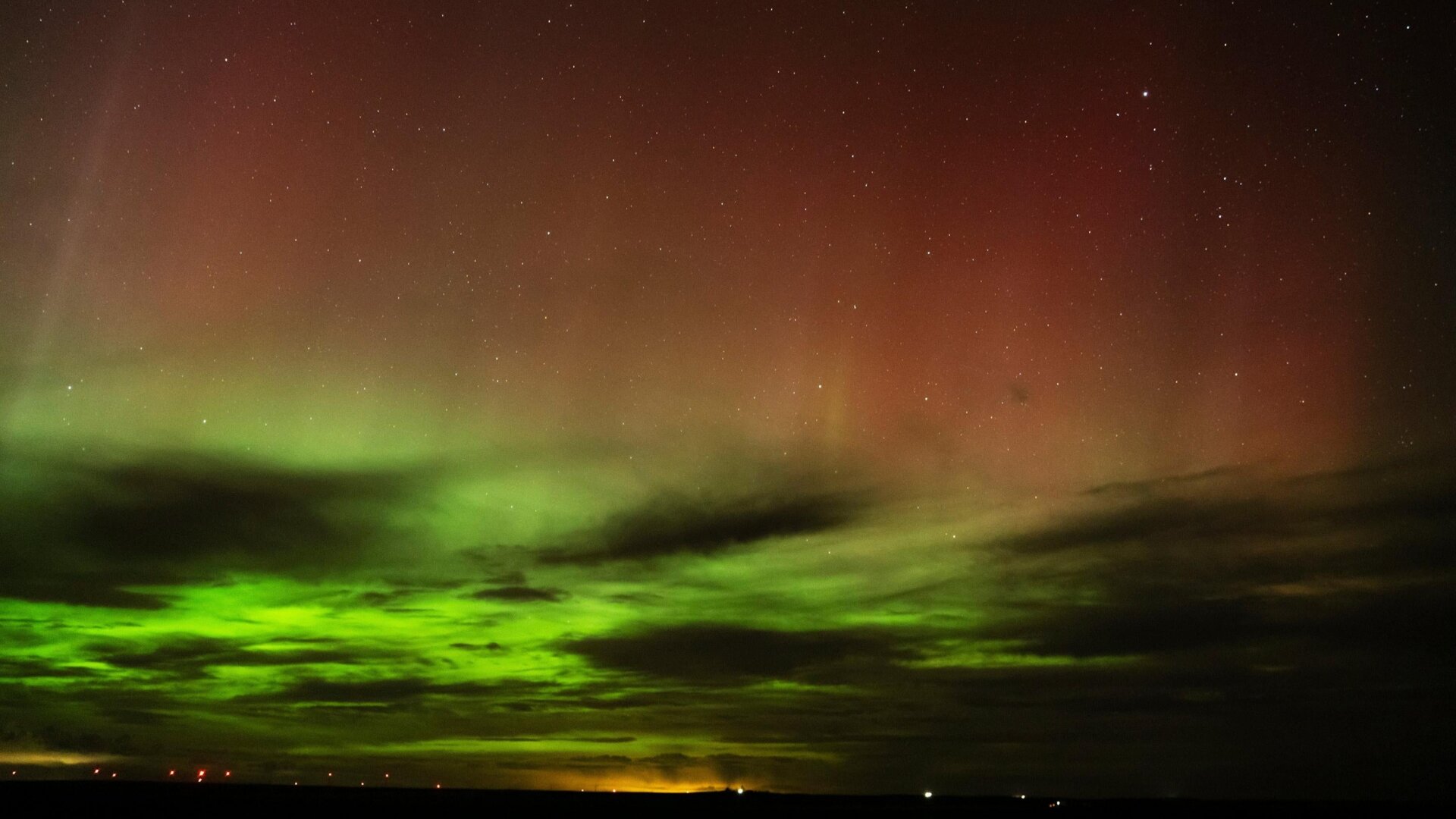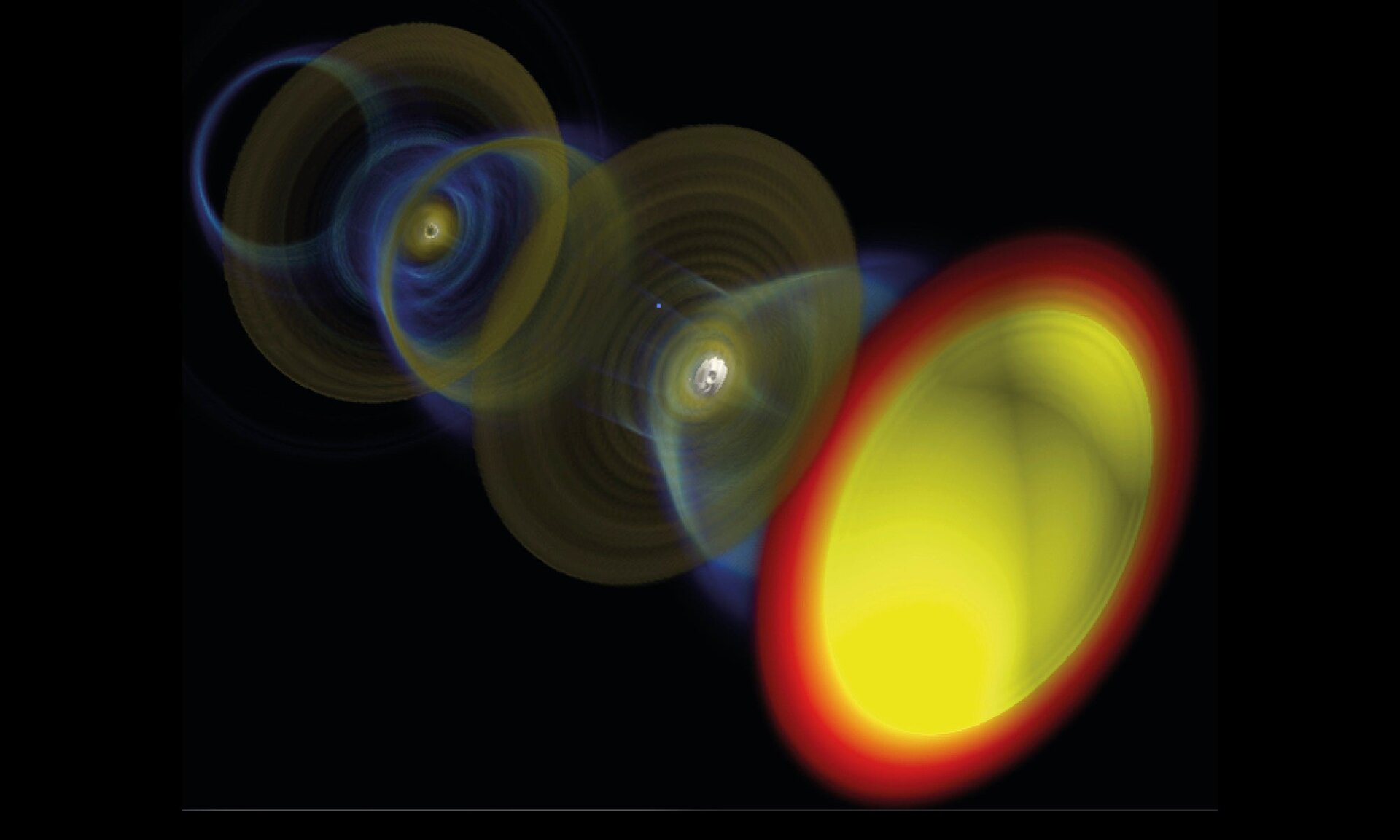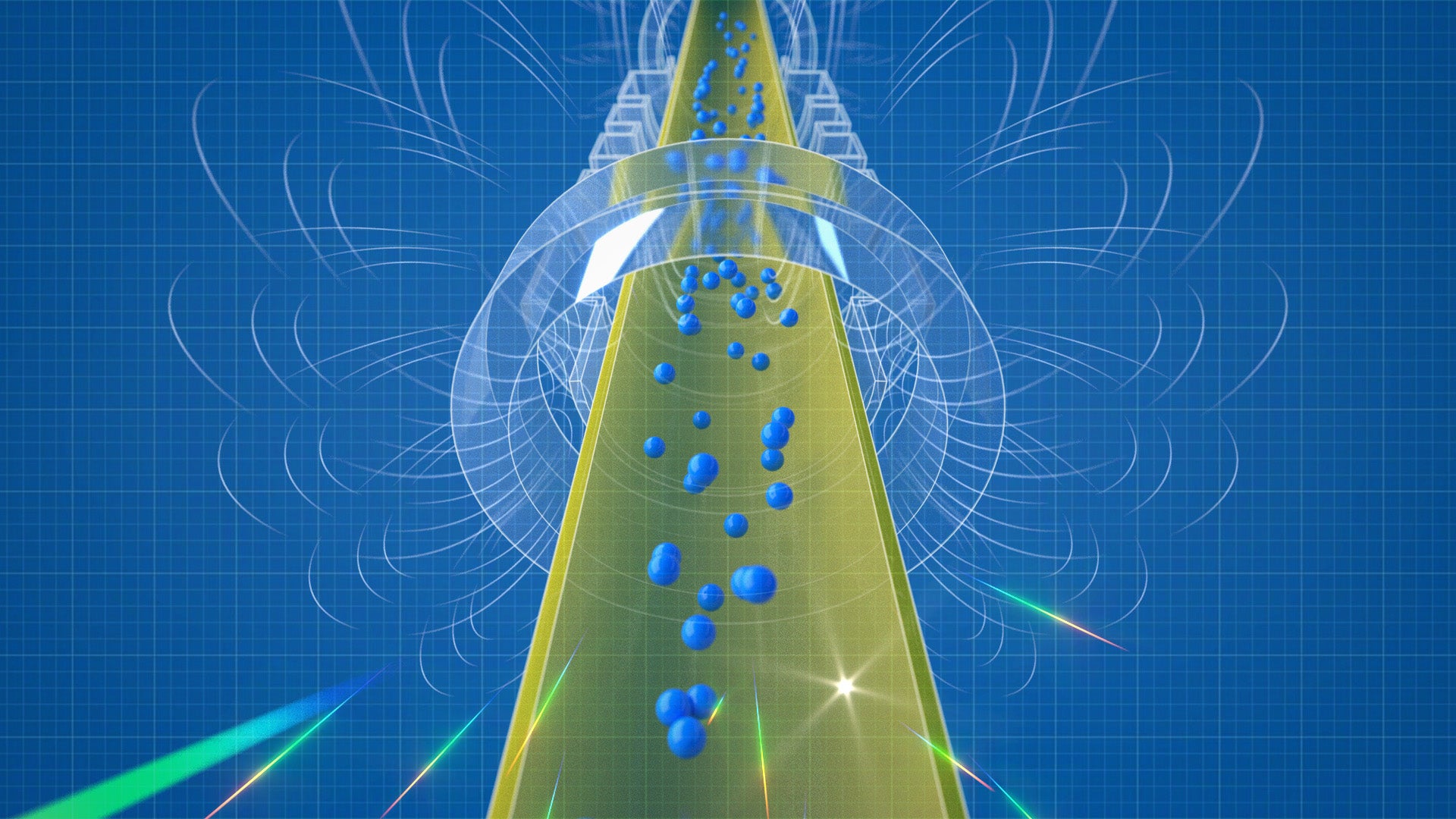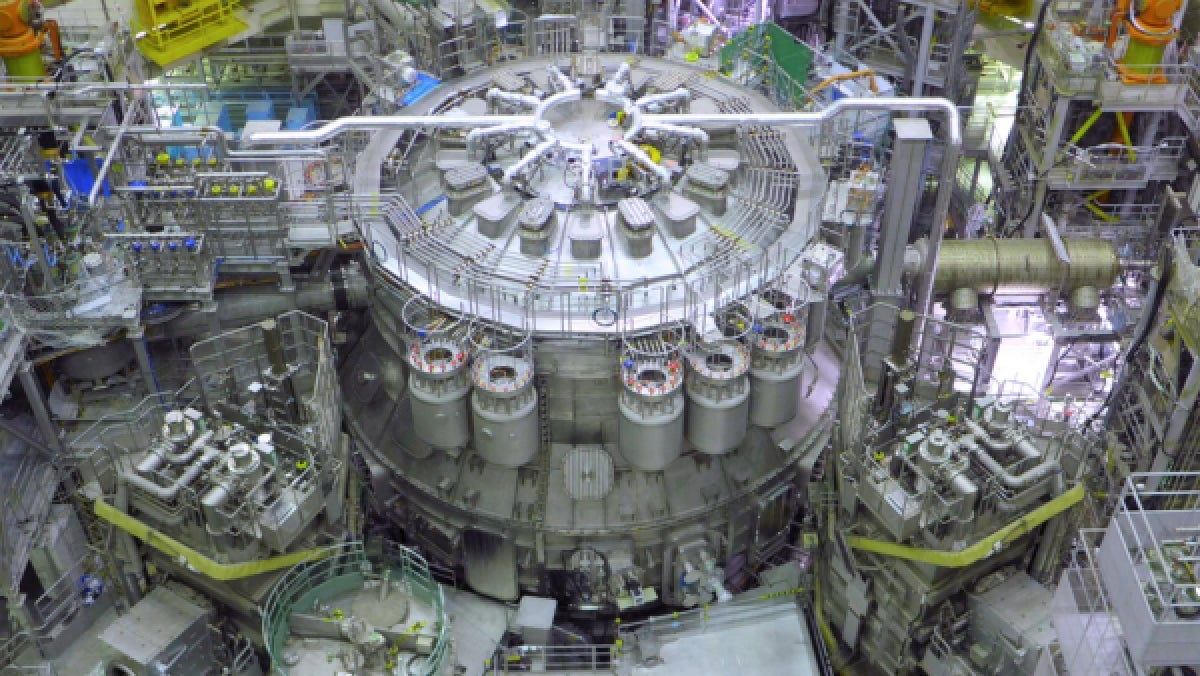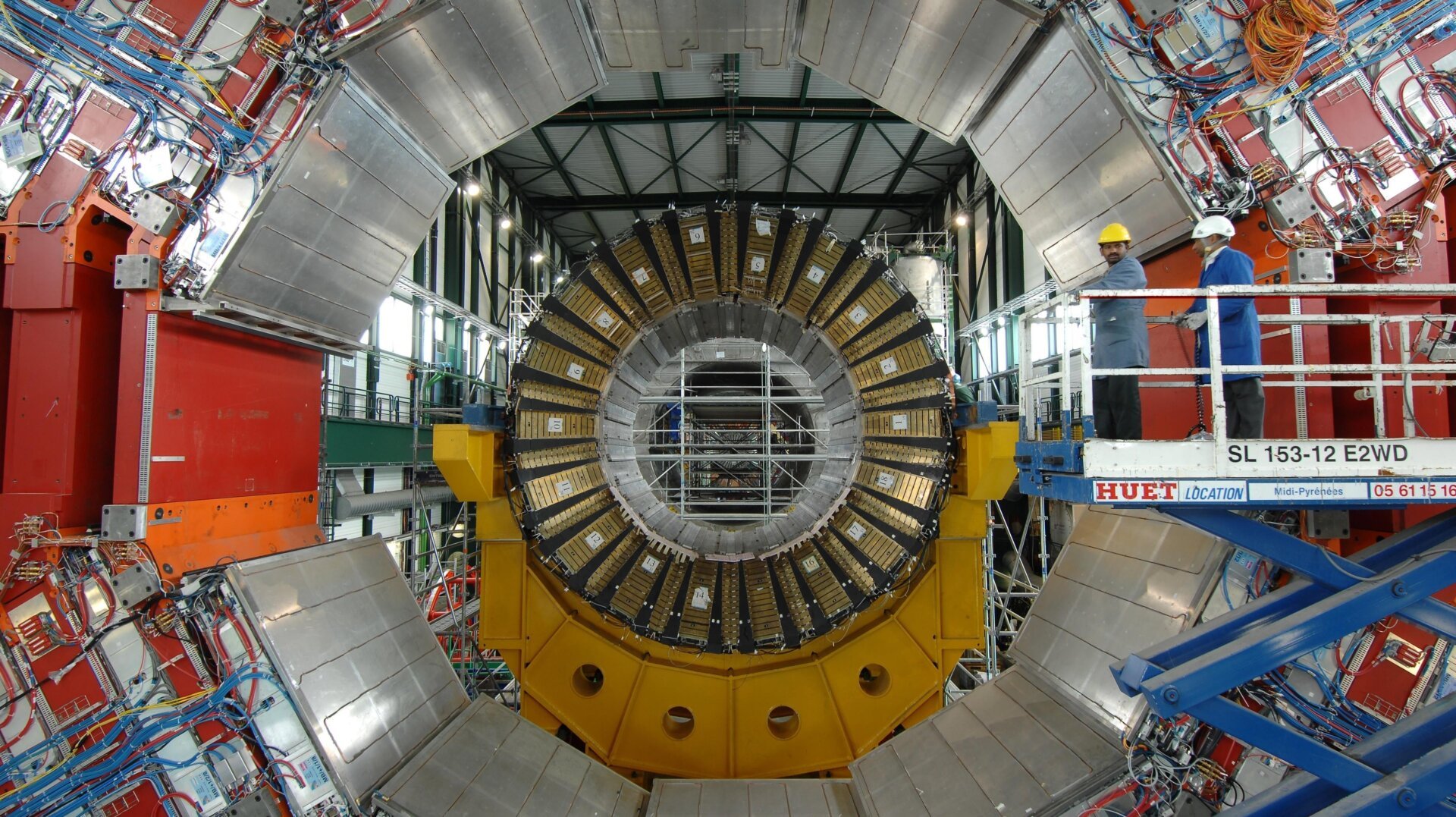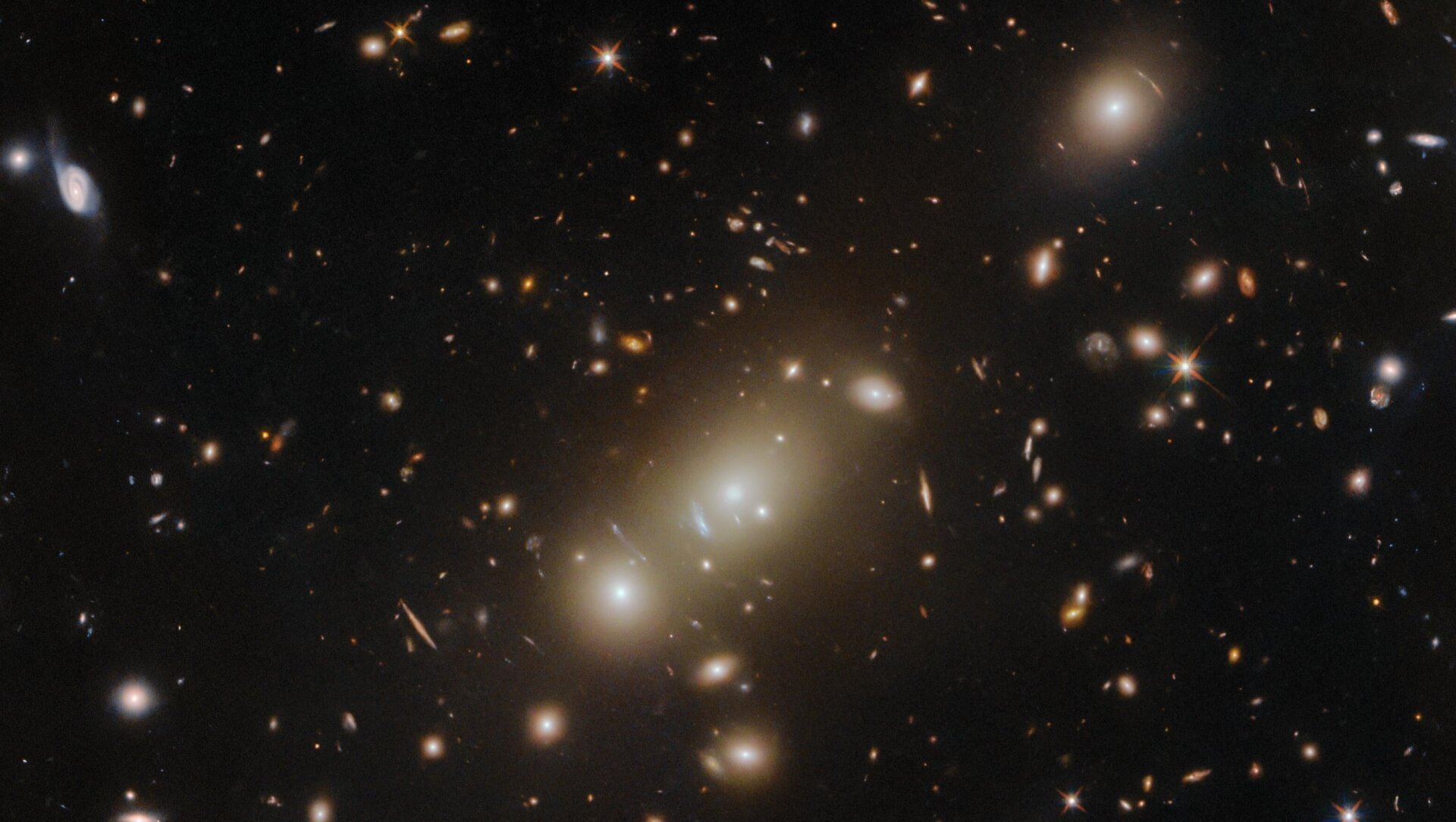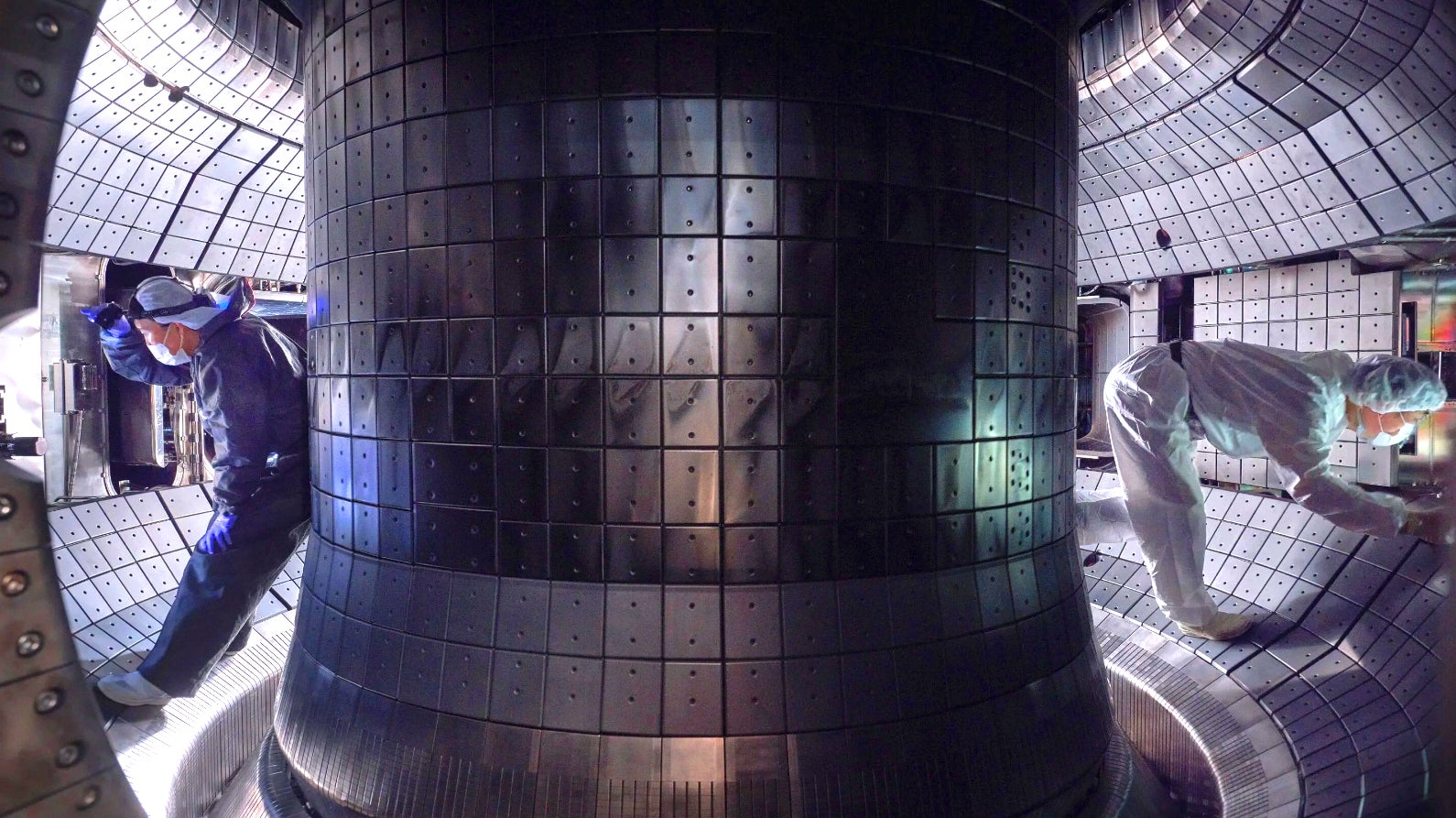The mesmerizing Aurora Borealis, commonly known as the Northern Lights, is anticipated to be visible in a broader range of U.S. states on Thursday night. This expanded visibility is due to a coronal hole on the Sun, according to the Aurora forecast from the University of Alaska Fairbanks’ Geophysical Institute. However, recent updates suggest the intensity of the aurora display might be less dramatic than initially predicted.
Understanding the Science Behind the Aurora
The source of this potential auroral display is a coronal hole, a region on the Sun with a weaker magnetic field. This allows solar winds to escape at high speeds, potentially causing disturbances in Earth’s magnetic field and resulting in auroras. Scientists predict solar activity using the Carrington rotation, which measures the Sun’s full rotation and helps track coronal holes that can persist for several rotations. The initial forecast for Thursday’s aurora was based on a coronal hole that previously caused significant geomagnetic activity.
Revised Predictions and Ongoing Monitoring
While the original forecast suggested a strong display, updates indicate the coronal hole has diminished in size. The National Oceanic and Atmospheric Administration (NOAA) Space Weather Prediction Center notes that some reports of widespread aurora visibility are based on outdated predictions. Although the coronal hole has shrunk, a coronal mass ejection (CME), a different type of solar event, was observed earlier this week. NOAA now anticipates the possibility of unsettled to active geomagnetic levels, with a slight chance of a minor G1 geomagnetic storm. This might result in a faint auroral glow visible along the northern U.S. border with Canada. Due to the dynamic nature of space weather, predictions can change, and continuous monitoring is crucial.
Where and When to Look for the Aurora
The Kp-index, a global measure of geomagnetic activity, is predicted to reach six on July 13th. A Kp-index of four or higher indicates a geomagnetic storm, with six considered a “moderate storm.” Should weather conditions permit clear skies, the aurora might be visible across the northern half of the U.S.
For optimal viewing, seek locations away from light pollution, preferably at higher elevations. Peak viewing hours typically fall between 10 p.m. and 2 a.m., although local timing depends on sunset. While the aurora’s visibility further south is exciting, observers in those regions should anticipate a more subtle display rather than a dramatic spectacle.
Increased Solar Activity and Past Events
This week’s heightened solar activity, while more intense than average, is not unusual. The 11-year solar cycle is projected to peak in 2024, explaining the recent increase in aurora-related news. In April, a powerful solar storm resulted in auroras visible as far south as Arizona and carried the potential to disrupt power grids and spacecraft. Similarly, a less intense storm in August 2022 brought the aurora to Maine and parts of Michigan.
Conclusion
The possibility of witnessing the Aurora Borealis in lower latitudes is a captivating prospect. While the intensity of the display might be less than initially anticipated, the opportunity to observe this natural phenomenon remains. Keeping updated with the latest forecasts and finding an ideal viewing location will enhance the chances of experiencing the magic of the Northern Lights.



